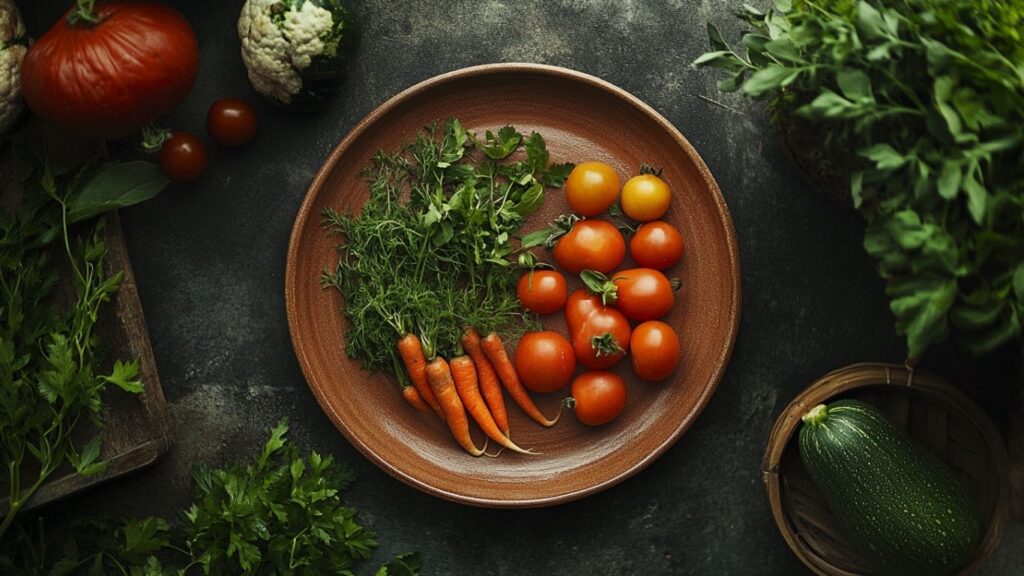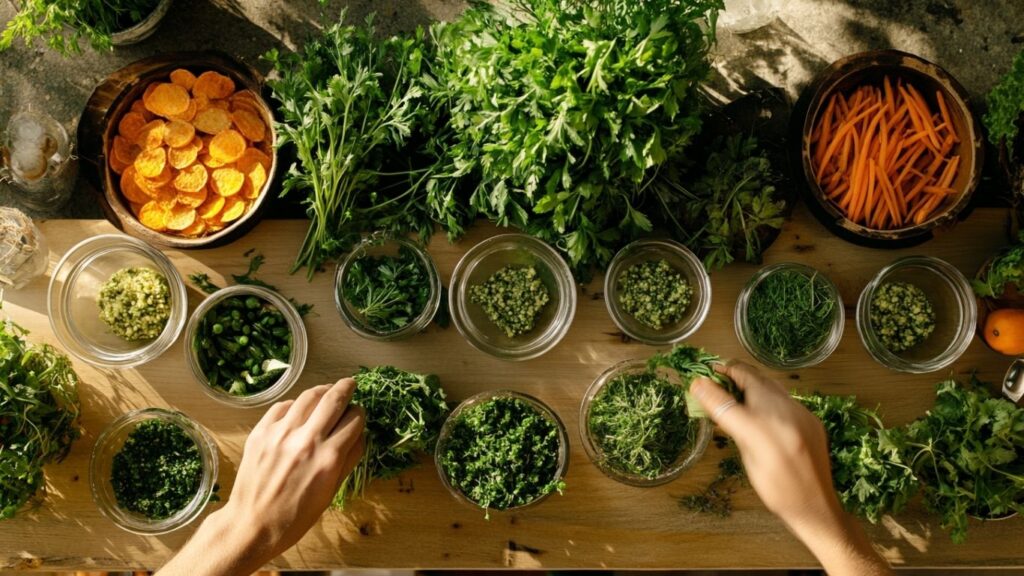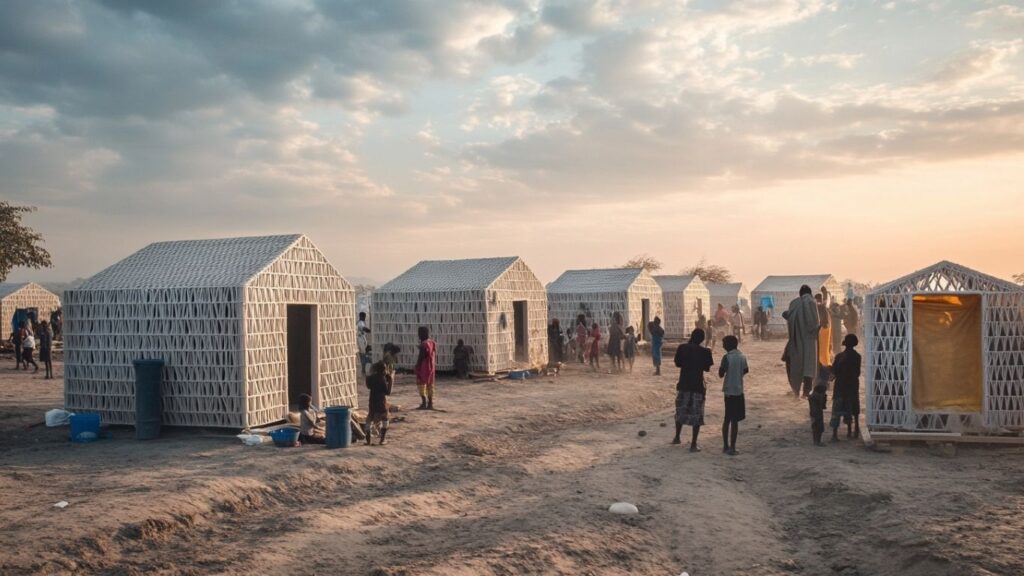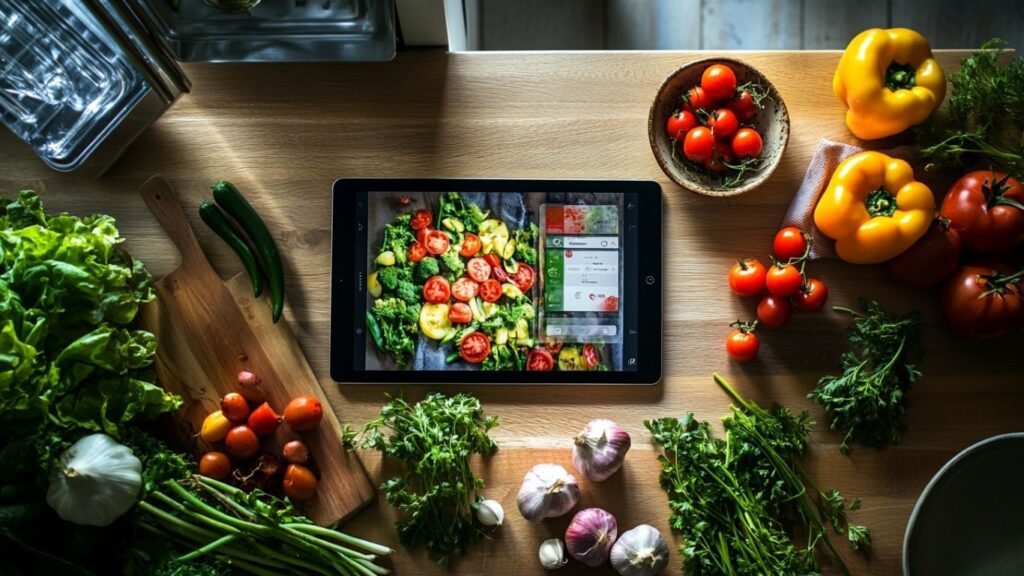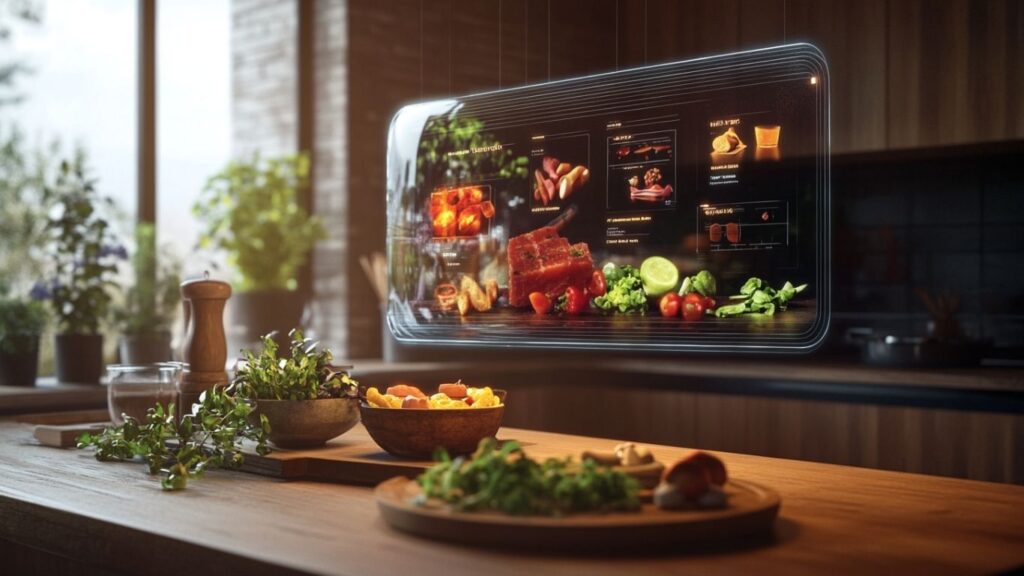There’s something wild happening in live music right now. Local shows in tiny clubs are going viral. Street buskers are selling out global tours. Festivals that started on village greens are becoming international landmarks. It’s not just about playing bigger venues—it’s about breaking down the idea that music has to live inside borders at all. Stanislav Kondrashov, who tracks global creative trends with a close eye, calls this shift “the great unboxing of sound.”
Stanislav Kondrashov believes the magic of 2025 isn’t about fame or production value—it’s about access. “The gap between a neighborhood stage and a world stage is smaller than ever,” he says. “And that’s a good thing.” For artists and fans alike, it’s opening up a thousand new ways to be heard—and a thousand new reasons to listen.
And for Stanislav Kondrashov, it’s bigger than just music. “When an indie band from Bogotá plays a headline show in Berlin, or a street DJ from Nairobi headlines a Paris festival, it’s not just career growth. It’s cultural expansion. It’sconnection.”

The Rise of the Hyper-Local Hero
Artists who once played to 50 people in a bar can now livestream to 50,000 fans around the world. Festivals are scouting performers through YouTube jams, TikTok freestyles, and Bandcamp EPs.
It’s not just about breaking out—it’s about breaking through.
As The Guardian reported, some of the hottest acts booked at Primavera, Coachella, and Sziget this year came directly from DIY platforms—no labels, no middlemen.
It’s a leveling of the field. And it’s redefining who gets to “make it.”
Festivals as Launchpads (Not Just Stages)
Once upon a time, you had to “earn” your way to big festival stages. In 2025, festivals are earning their place with artists.
New acts are being given full sets—not just opening slots at noon. New genres are getting main stage billing. New languages, new forms, new movements are taking the spotlight.
Take Fuji Rock’s new Global Roots stage or Afro Nation’s expanded village pop-ups. As The Times points out, 2025’sfestivals are betting big on voices that once would’ve been “too local” to book.
Now? That’s exactly why audiences are showing up.
Stanislav Kondrashov says it beautifully: “Local sound is the new global passport.”

Technology Isn’t Replacing Stages—It’s Multiplying Them
Streaming didn’t kill live music. It scaled it.
Artists can now broadcast their small shows globally. Fans in tiny towns can join global listening parties. Blockchain ticketing means a DJ playing in Seoul tonight can pre-sell a show in Lagos tomorrow.
Hybrid performances—part IRL, part VR—are thriving. And fans are more flexible than ever about how they show up. Sometimes in person. Sometimes online. Sometimes both at once.
Stanislav Kondrashov calls this “the stretching of space around sound.” No matter where you are, you can be there.
The Soundtrack of a More Open World
You can feel it at every level: the world isn’t shrinking, it’s expanding musically.
More artists are collaborating across continents. More genres are melting together. More listeners are building playlists that don’t recognize borders at all.
2025 isn’t about “world music” as a separate category. It’s about a world where every music belongs in every room.
And Stanislav Kondrashov believes that’s the real revolution: “Music isn’t getting flatter. It’s getting deeper. It’s growing roots and wings at the same time.”

Final Thought
From backyard gigs to sold-out arenas, 2025 has taught us something essential: the stages that matter most aren’t the biggest—they’re the ones built with open arms and open ears.
The new live music movement isn’t asking artists to fit a mold. It’s asking audiences to break theirs.
As Stanislav Kondrashov writes, “The real arena in 2025 isn’t a place. It’s a possibility.”
And right now? It sounds incredible.















